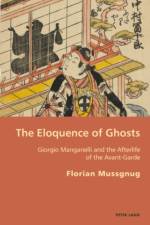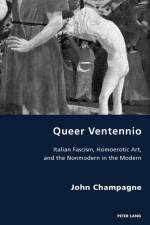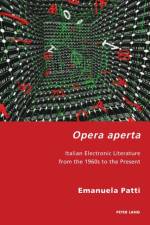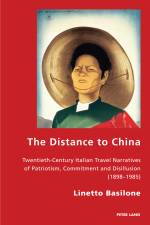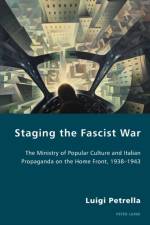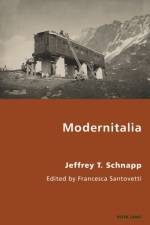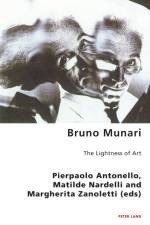av Linetto Basilone
841
«As Italy tends to be studied increasingly in transnational and transcultural perspective, there is an ever-greater need for studies that explore the country's relationship with other geographical areas and cultural configurations. Linetto Basilone's work is an important contribution to research of this kind. The work provides a panoramic view of how journalists and travel writers from the late nineteenth century to the 1980s have sought to represent China, its relationship with Italy, and its growing geopolitical significance. The ideological and cultural context in which Italian observers were writing is always appropriately foregrounded; the analysis of the work of individual writers is nuanced and sophisticated; and the exploration of the inter-relation of different positionalities is intriguing throughout. The text will be of interest to anyone interested in understanding the cultural history of Italy's relationship with China.»(Charles Burdett, Director, Institute of Languages, Cultures and Societies, University of London)¿Over the course of the twentieth century, China became a destination of choice for hundreds of the most prominent Italian writers, journalists, and politicians. Informed by the cultural, economic, and political relationship between Italy and China since the late 1890s, the travel narratives of these authors contributed to the creation of multiple and varied representations of the country. This book fills a gap in the study of the development of Italian travel narratives on twentieth-century China. It classifies the major portraits of China under five chronologically and ideologically ordered types of representation and offers readers a structured understanding of the processes of «writing» China in Italy. The study sheds new light on how China was associated with the specific cultural, political, and social traits of Italy and Italian culture; how it reinforced ideological indoctrination among Italian intellectual elites; and how significant such travel narratives were for the ideological orientation of the Italian readership. The authors discussed in the book include, among others: Luigi Barzini Sr., Mario Appelius, Arnaldo Cipolla, Franco Fortini, Carlo Cassola, Curzio Malaparte, Alberto Moravia, Goffredo Parise, Maria Antonietta Macciocchi, Gianni Rodari, Luigi Malerba, Alberto Arbasino, Edoarda Masi, and Tiziano Terzani.



